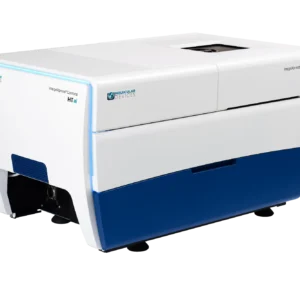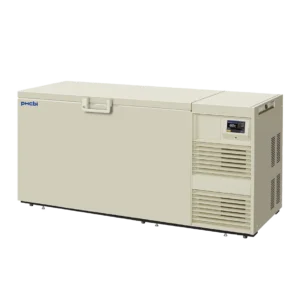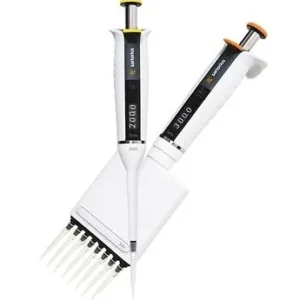Bruker has introduced a fully automated, push-button, nuclear magnetic resonance (NMR) solution called FoodScreener.
The system performs analysis and reports based on 400 MHz. It can concurrently identify and fully quantify compounds and requires minimal sample preparation at a lower cost for each sample.
The FoodScreener is a reliable screening method developed for both non-targeted and targeted multi-marker analyses. It also helps in detecting unpredicted and unknown fraud.
With the help of complex statistical models, tasks like production process control, origin authenticity, species purity, sample similarity, and false labeling can be tested.
The results generated by the FoodScreener are independent of the user, laboratory, and the system. The following sections describe the different NMR solutions developed for wine, juice, and honey profiling.
An NMR-based screening method called SGF Profiling™ is meant for fruit juices. This technique was developed through a joint venture between SGF International e.V. and Bruker BioSpin GmbH. Various parameters relating to authenticity and quality are used for analyzing each fruit juice simultaneously, based on a single data set acquired within a few minutes.
The SGF Profiling™ includes the following key features:
In association with a few experts in the field, Bruker has developed a novel solution for testing wine through NMR spectroscopy. The principle of the method relies on obtaining a spectroscopic fingerprint that is specific to every individual sample.
Through a multivariate statistical method, these spectroscopic fingerprints are compared to an extensive database of genuine wine samples. Wine profiling by NMR technique takes quality control and also the testing of safety and authenticity issues into consideration, in an exclusive way.
The NMR spectroscopy for wine profiling includes the following key features:




Reviews
There are no reviews yet.